Finding time to grow herbs and vegetables can often feel like a daunting task.
Growing your own fresh ingredients will elevate every dish, but cultivating your own garden doesn’t have to be overwhelming.
By adopting some simple gardening tips tailored for busy chefs, you can enjoy fresh ingredients right from your backyard or even your kitchen windowsill.
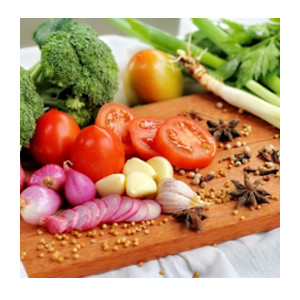
5 Easy to follow gardening tips
Below you will find 5 gardening tips, designed to help you spend less time tending and more time tasting.
Tip 1 – Plan with Purpose
Effective gardening starts before you break ground.
1a – identify what you need most
Audit your kitchen needs. Note the herbs and veggies you use most.
Our guide for the 10 easy plants every chefs should grow might give you some ideas. However cooking is very individual and the recipes you cook might require specialist plants.
1b – make a plan designed for you
Once you’ve decided what you would like to grow then map your growing space on a weekly planner. (like the pictured one, available on Amazon) Assign planting, watering, and harvest slots.
Linked to this set seasonal goals. Aim for continuous yields by charting sowing and harvest dates.
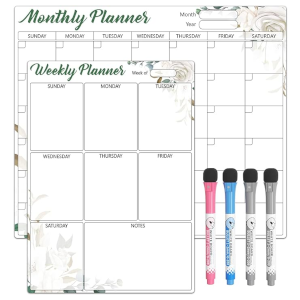
Tip 2 – Start Small With Container Gardening
For those with limited space or time, container gardening is an excellent option. Choose pots that fit your available area—whether it’s a balcony, patio, or countertop—and select easy-to-grow herbs such as basil, parsley, and mint. These herbs not only add flavor but are also visually appealing in any kitchen setting.
There are 2 ways you can start:
2a – the traditional way : plant in soil
Herbs like tarragon are very easy to grow and delicious in recipes.
All you do is either grow it from seed or simply buy a plug plant and put it in soil.
Water regularly and a bit of sun and it will thrive.
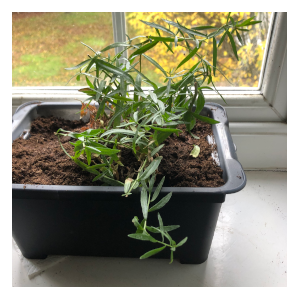
2b – hydroponics or aquaponics
An even easier way is to use an hydroponic or aquaponic system.
Hydroponics is where you don’t use soil but your plants grow in a layer above water, where the roots will grow in the water.
Aquaponics is a step up – where there are fish swimming in the water and you just feed the fish. And they will feed the plants – like the pictured kitchen aquaponics system
Advantage of both methods is that you don’t have to worry about giving it water, as it’s automatic. And plants tend to grow faster.
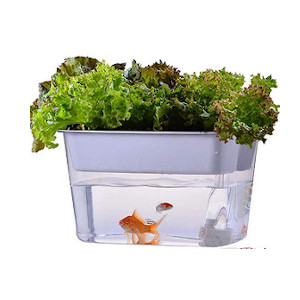
Gardening Tip 3. Pick easy plants.
Some plants thrive on neglect, making them ideal for busy chefs.
Linked to this some perennial plants can save you time and effort over the years.
Because (unlike annuals) that need replanting each season, perennials such as chives, thyme, and oregano will return year after year with minimal maintenance.
Once established, these hardy plants provide consistent yields without requiring much attention.
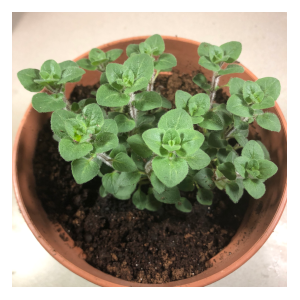
Typical easy plants to grow are:
- Herbs: Chives, mint, oregano, thyme.
- Greens: Swiss chard, kale, arugula.
- Fruitings: Cherry tomatoes, peppers, bush beans.
| Crop Type | Time to Harvest | Pot Size | Water Frequency | Sunlight |
|---|---|---|---|---|
| Chives | 30 days | 6–8 inch pot | Weekly | 4–6 hours |
| Cherry Tomato | 60 days | 12–16 inch pot | 2–3×/week | 6–8 hours |
| Swiss Chard | 40 days | 8–10 inch pot | Weekly | 4–6 hours |
| Pepper | 70 days | 10–12 inch pot | 2×/week | 6–8 hours |
Tip 4. Use Vertical Space
You can maximize your gardening efforts by using vertical gardens or wall planters.
This method allows you to cultivate various herbs and vegetables while saving ground space—a perfect solution for busy culinary artists who may have limited outdoor areas.
For example the picture shows how I grow herbs in the kitchen using shelves, with a grow light bar.
The key is to start thinking about thinking up, not out.
- Stackable planters keep herbs within arm’s reach.
- Wall-mounted pockets for salad greens free up floor space.
- Rail planters on windowsills let you snip as you cook.
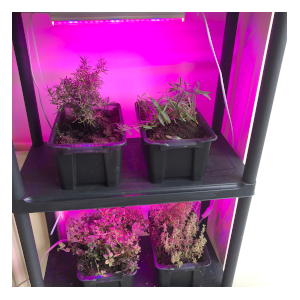
Tip 5. Use Smart Technology
Consider integrating smart technology into your gardening routine to simplify plant care further.
The technology you use depends on how you would like to grow your plants:
5a. Plants in soil
Using items like self watering plant pots (like the one pictured available from Amazon) give chefs one less thing to worry about.
Or you can use a moisture meter or soil sensors to help provide the right amount of water & nutrients.
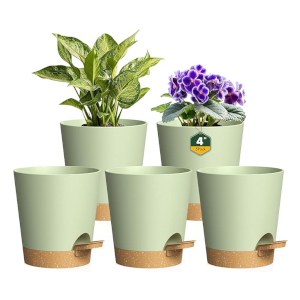
5b – hydroponics or aquaponics
Or you can make it even easier but using something like the pictured kitchen hydroponic unit.
It’s completely automated and will let you grow 12 plants at a time.
And ideal for growing fresh herbs & vegetables at home.
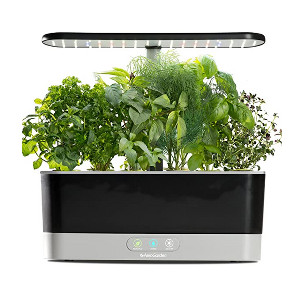
Tip 5. Use a fast growing seed system
Growing plants from seed has 2 major advantages:
- It’s a lot cheaper then buying plugs or plants
- You can stagger seed sowing by 2–3 weeks to give you nonstop supply of greens.
For more information have a look at my guide to growing basil indoors.
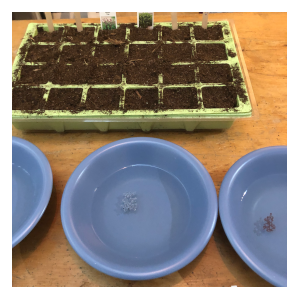
Quick summary
As a busy chef passionate about fresh ingredients straight from the garden: remember these tips!
I hope the 5 gardening tips help. Start by identifying what you need most in your kitchen – the type of plants ideal for your recipes. Start small by embracing container gardening; pick easy plants to grow ; utilize vertical spaces effectively; leverage smart tech solutions—and use a smart seed growing system, to give you a constant supply of fresh ingredients!
If you’re curious about specific irrigation kits, seed-starting gear, or advanced techniques like aquaponics, just follow the links below.



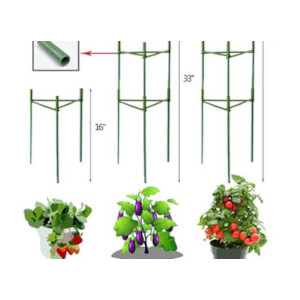
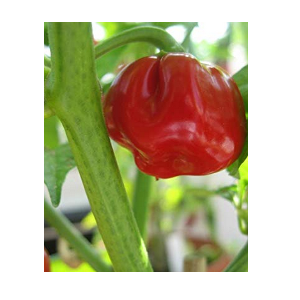
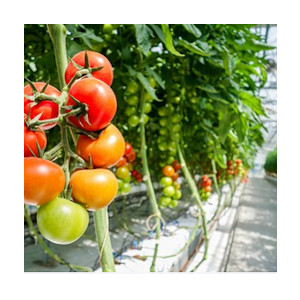
Leave a Reply